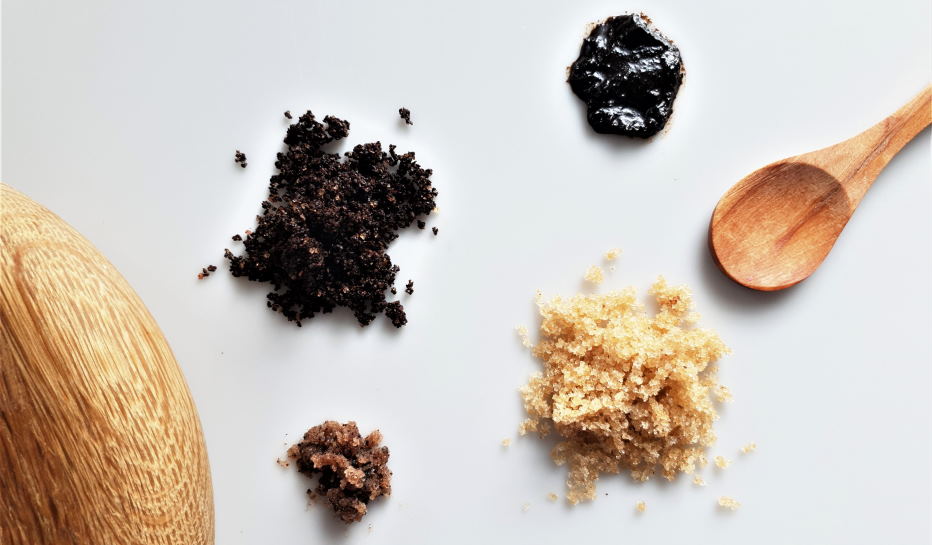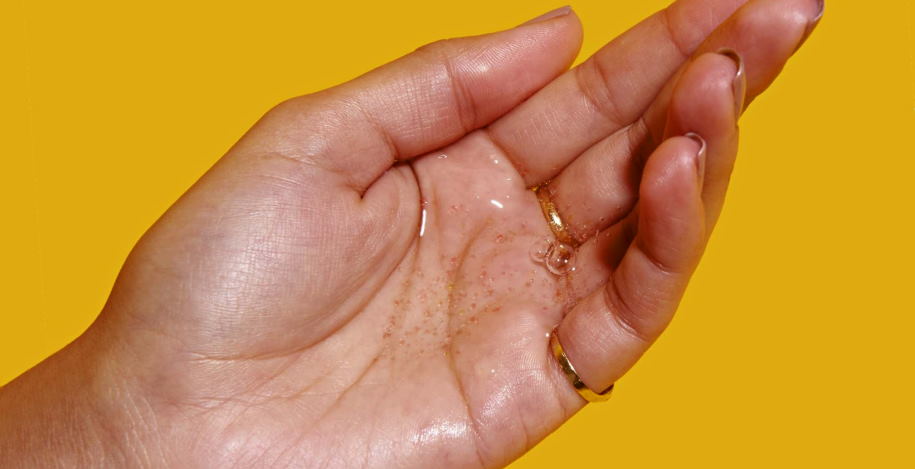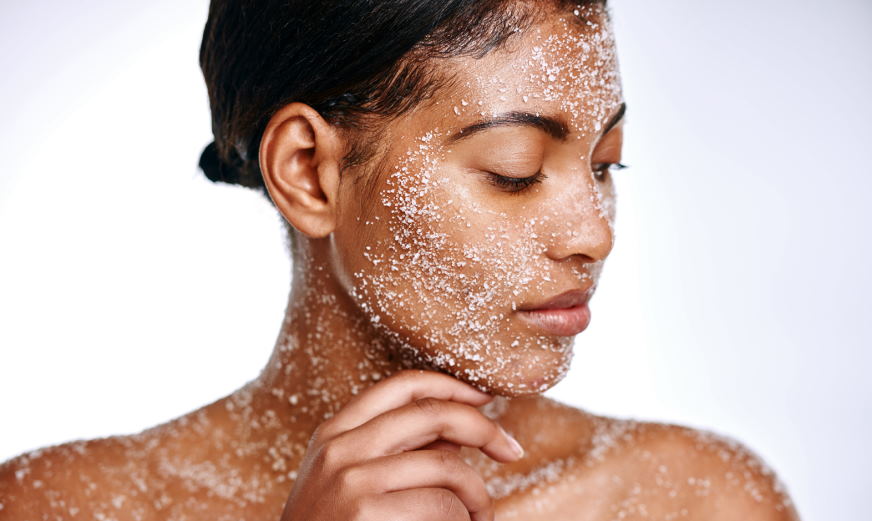There are a million and one skincare products on the market, but how do you know which ones to choose? And once you’ve chosen your products, how do you know how to use them properly? In this post, we’ll break down the pros and cons of physical vs. chemical exfoliation so that you can make the best choice for your skin type. So keep reading to learn more!
Chemical vs. mechanical: benefits of exfoliation for skin
The two main types of exfoliation are chemical and mechanical. Chemical exfoliation uses acids or enzymes to break down the bonds between dead skin cells, while mechanical exfoliation uses physical means to slough off dead skin cells. Both have their benefits, but which is right for you?
Chemical exfoliation is great for those with sensitive skin, as it is less likely to cause irritation than mechanical exfoliation. It can also be more effective at penetrating the deeper layers of the skin. However, it is important to use a product that is appropriate for your skin type and to follow the directions carefully, as over-exfoliating can damage the skin.

Chemical exfoliants work by dissolving the “glue” that holds together dead skin cells. This can be done with ingredients like alpha hydroxy acids (AHAs) or beta hydroxy acids (BHAs). AHAs are water-soluble and therefore penetrate the surface of the skin more easily. BHAs are oil-soluble and can penetrate deeper into the pores, making them ideal for people with oily or acne-prone skin.
Mechanical exfoliation is perfect for those who want a more physical exfoliation. It can be done with a cleansing brush, sponge, cloth, or simply by using your hands. Mechanical exfoliation is often less expensive than chemical exfoliation and can be just as effective if you are careful not to over-exfoliate.
Mechanical exfoliants physically remove dead skin cells with ingredients like jojoba beads or ground almond shells. These work by physically scrubbing away the dead skin cells.

Tips to properly exfoliate your face
Exfoliating is an important step in any skincare routine, but it’s especially crucial during the summer months. When your skin is exposed to sweat and humidity, dead skin cells can accumulate more quickly. If they’re not removed, they can lead to clogged pores and breakouts. Sloughing them away regularly will help keep your skin clear and radiant. Here are some tips to get the most out of your exfoliation routine:
If you have sensitive skin, use a soft washcloth or cotton pad to avoid irritation. You can also try using an exfoliating brush with soft bristles. If you’re using a product with beads or granules, massage it in gently. Avoid scrubbing harshly, which can damage your skin. Instead, rinse thoroughly afterwards and follow up with a moisturizer to soothe your skin.
Exfoliating once or twice a week is usually sufficient, but if you have oily skin or are prone to breakouts, you may want to exfoliate more often. Be sure to listen to your skin and adjust accordingly. Exfoliating too much can lead to more breakouts and irritation, so find what works best for you and stick to it.


